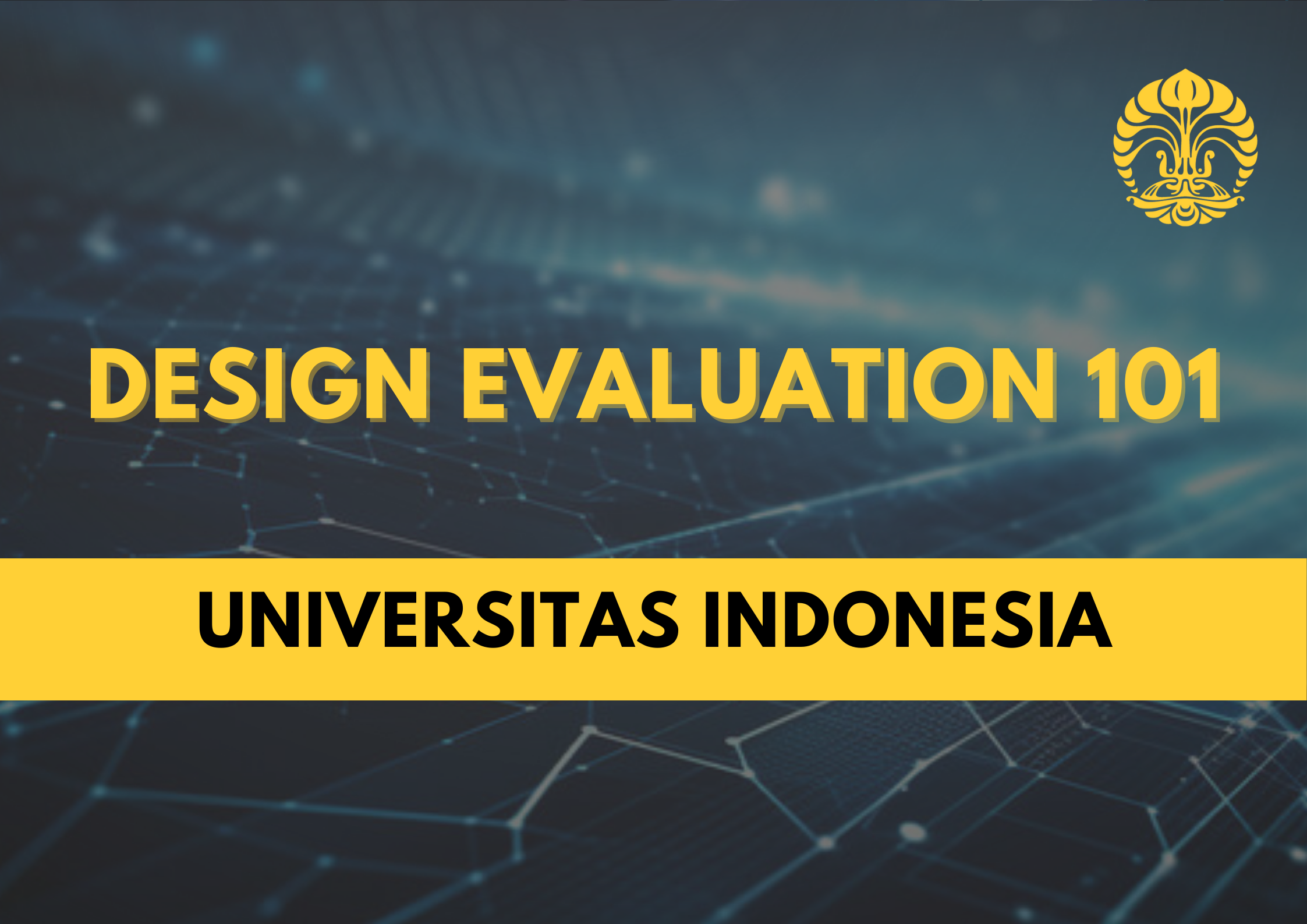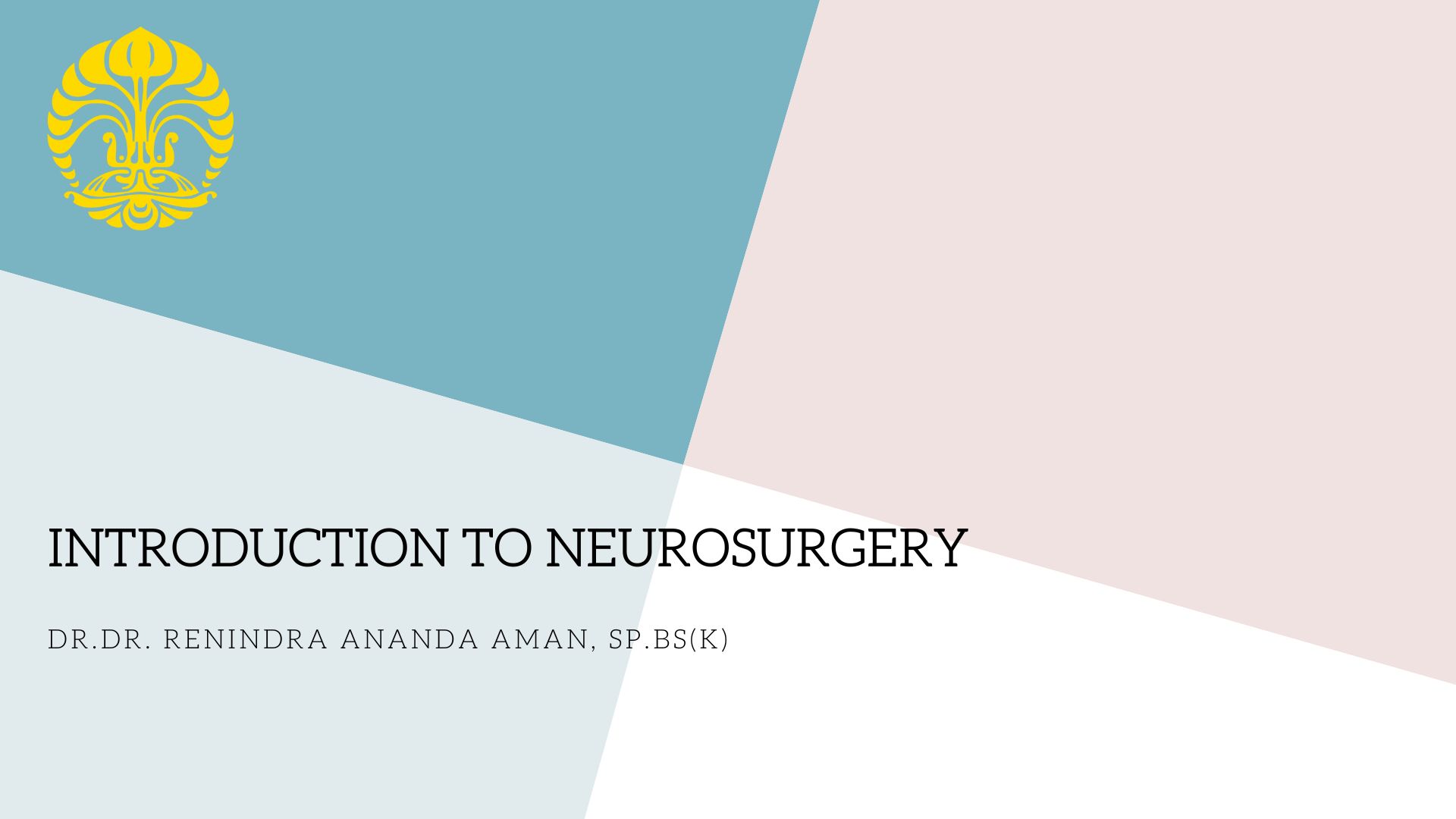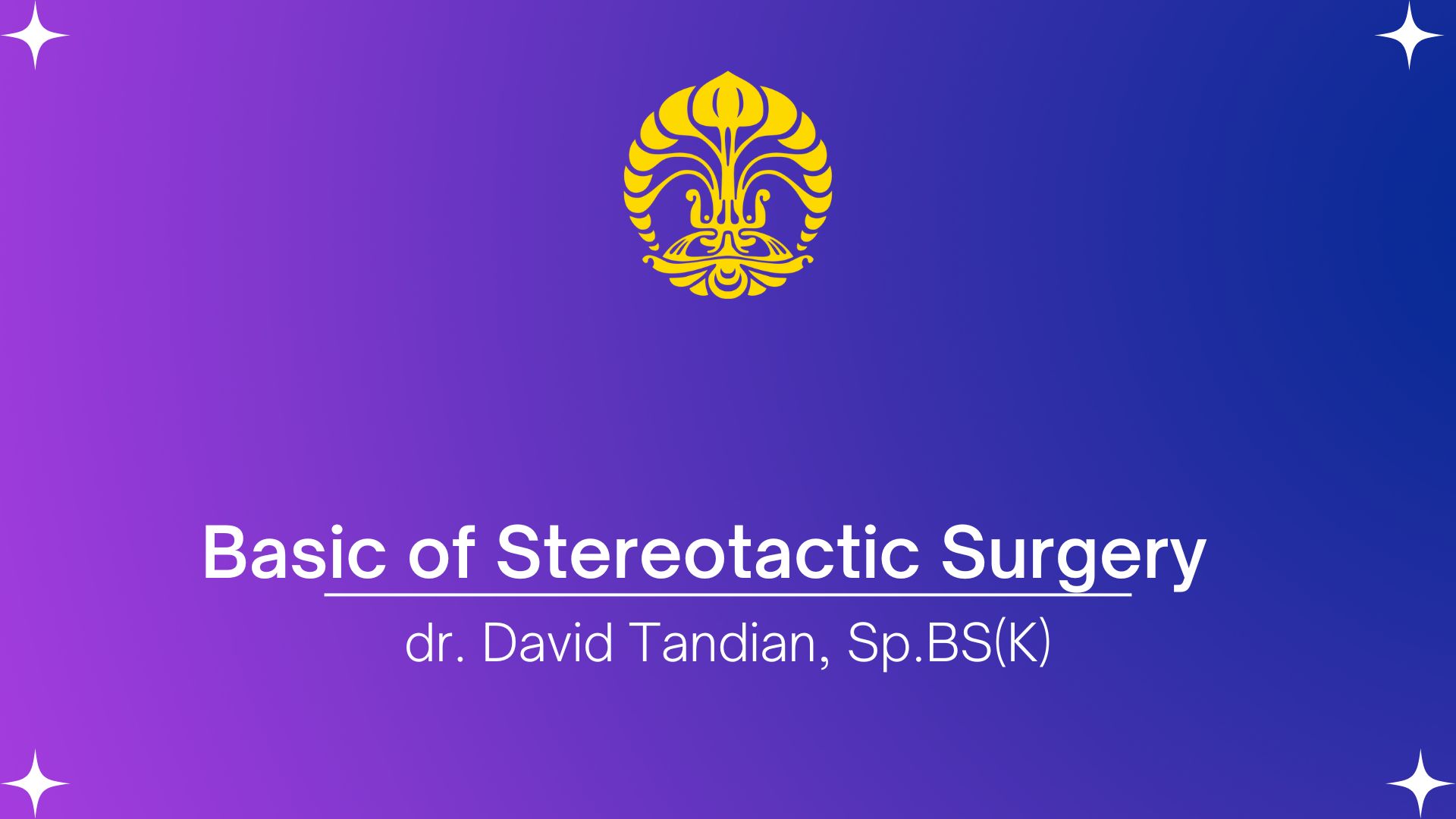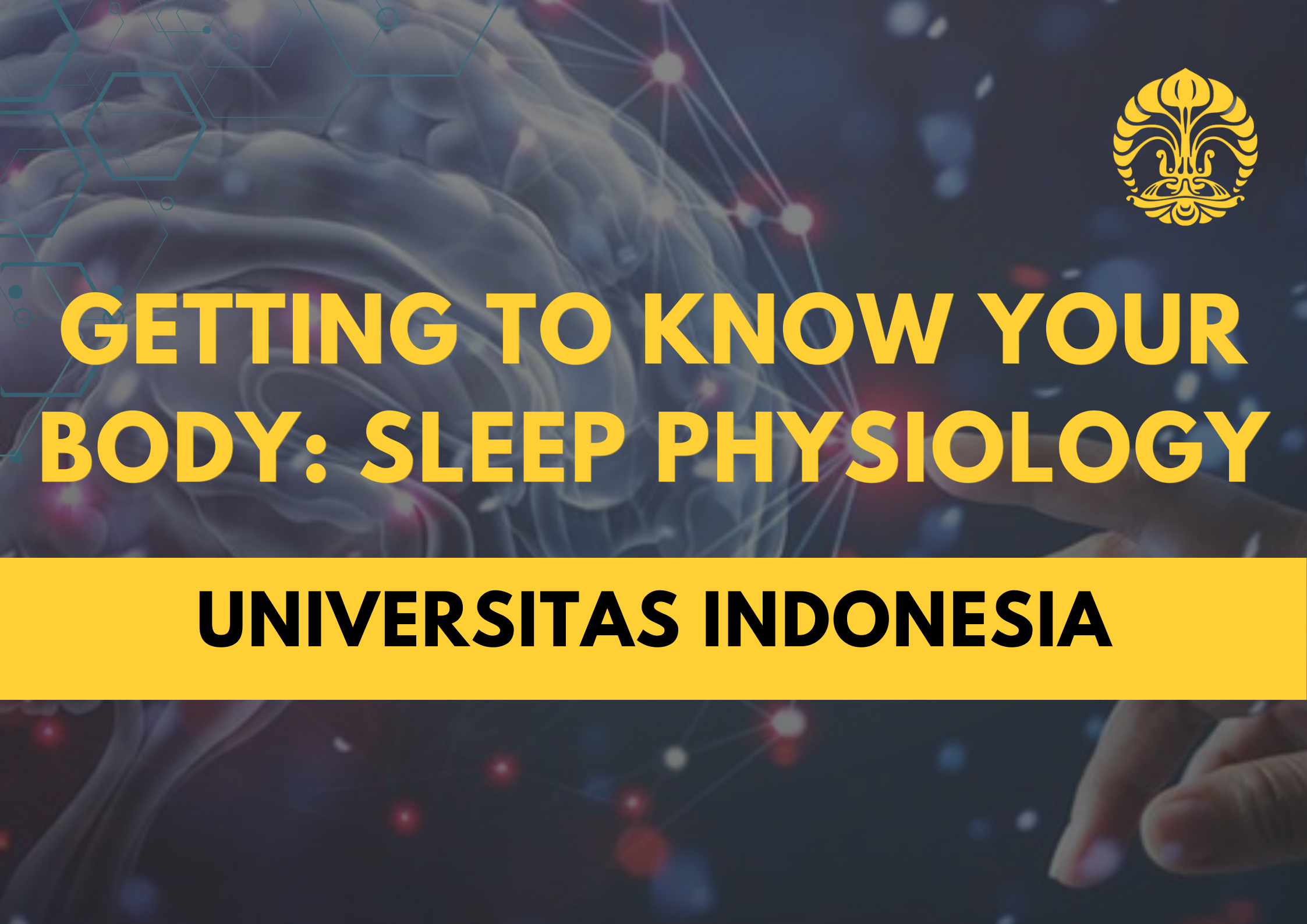
Hello Class. Welcome to the MOOCs Universitas Indonesia. This is Design Evaluation 101 Course.
Design Evaluation 101 course teaches the principles of evaluating interaction design and examples of its application in application development or designing alternative designs for an application. The scope of learning includes basic concepts of design evaluation, evaluation methods, design evaluation techniques, and case studies of the application of design evaluation. The main references for this course is the materials developed by the lecturer team of Human Computer Interaction Course Faculty of Computer Science Universitas Indonesia, led by Harry B. Santoso, Ph.D.
By finishing this course and all the tasks that were given, you will be able to:
- Understand the basic concepts in evaluating interaction design;
- Understand interaction design evaluation methods and techniques appropriately according to the evaluation objectives; and
- Collecting quantitative and qualitative data, processing data and analyzing data, and concluding evaluation of interaction designs.
Several benefits of learning this course:
- Improves User Experience: Design evaluation helps in identifying usability issues and improving the overall user experience by aligning the product with user needs and behaviors.
- Informed Decision-Making: By analyzing both qualitative and quantitative data, design evaluation provides solid insights for making informed design decisions and optimizing features.
- Reduces Development Costs: Identifying and addressing design flaws early through evaluation methods helps to prevent costly changes during later stages of development.
- Ensures User-Centered Design: Learning design evaluation techniques ensures that user feedback is incorporated into the design process, resulting in more user-centered products.
- Enhances Product Quality: Through systematic evaluation, design flaws can be minimized, leading to higher-quality and more efficient interaction designs.
- Validates Design Assumptions: Evaluating design concepts helps validate or refute assumptions about how users will interact with a product, ensuring the design aligns with real-world usage.
- Boosts Stakeholder Confidence: Presenting well-evaluated designs backed by research improves stakeholder confidence in the design choices and outcomes.
- Supports Continuous Improvement: Learning about design evaluation fosters an iterative design process, allowing continuous refinement and improvement based on user feedback.
This course is a Non-Credit MOOCs program that is open to the public. This course is beginner-level, and there is no pre-requisite for enrolling in this course. Classes are self-paced (independent learning), so participants can set their own learning pace and study time. There will be several video lectures that you can listen to, articles that you need to read, and quizzes to test your understanding. It is highly recommended that participants follow the material sequentially, and each material is designed to be followed for 1 - 2 weeks per material ideally. You are expected to spend a minimum of 5 hours per week for this course. There's no spesific technology required for this course.
You need to do the quiz for each chapter (5 quizzes in total) as the assessment components. The minimum grade for passing this course is 80 out of 100.
Lecturers
Suci Fadhilah, S.Kom., M.A.
email: [email protected]
Suci Fadhilah, S.Kom., M.A. is a lecturer at the Faculty of Computer Science, Universitas Indonesia, with a strong focus on Human-Computer Interaction and Educational Technology. She has created and managed online courses since 2012 and has been professionally engaged in this field since 2015. Suci is also a member of the Digital Library and Distance Learning Lab and holds a diploma in Montessori education, reflecting her commitment to innovative and student-centered learning approaches.

Syifa Nurhayati, S.Kom., M.Kom.
email: [email protected]
Syifa Nurhayati, S.Kom., M.Kom. is a lecturer at the Faculty of Computer Science, Universitas Indonesia, with more than 2+ years teaching Human-Computer Interaction (HCI) and Artificial Intelligence (AI). She has supervised some bachelor theses with HCI topics. She is also a member of the Machine Learning and Computer Vision (MLCV) Lab and the Information Retrieval and Natural Language Processing (IR-NLP) Lab.




